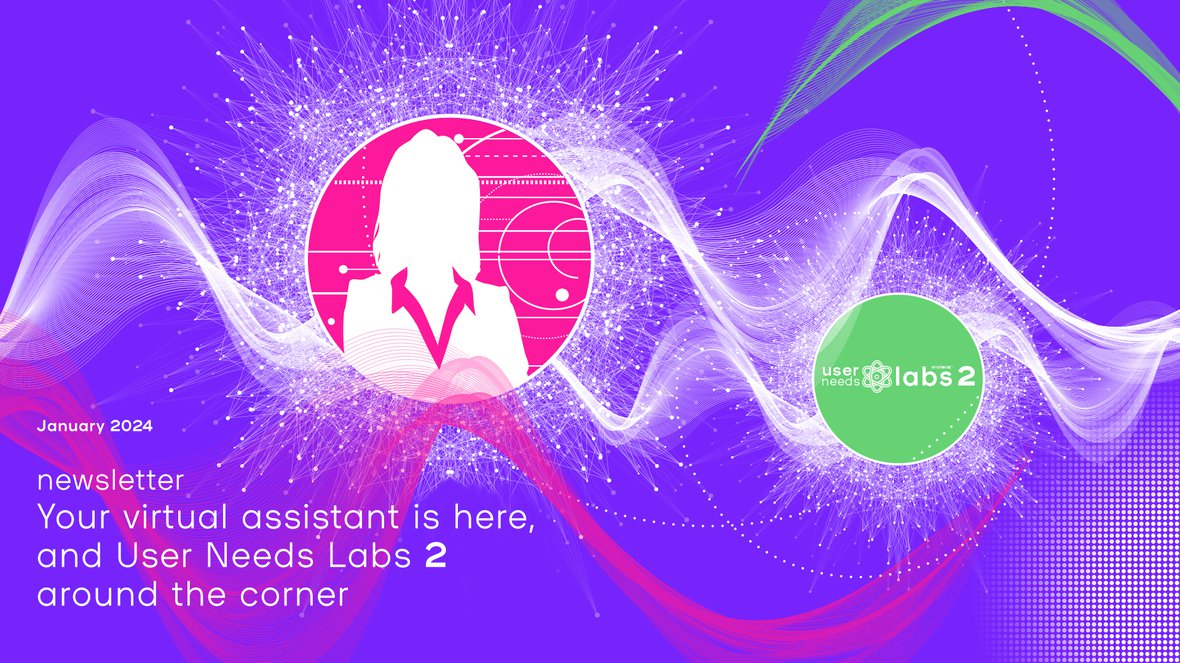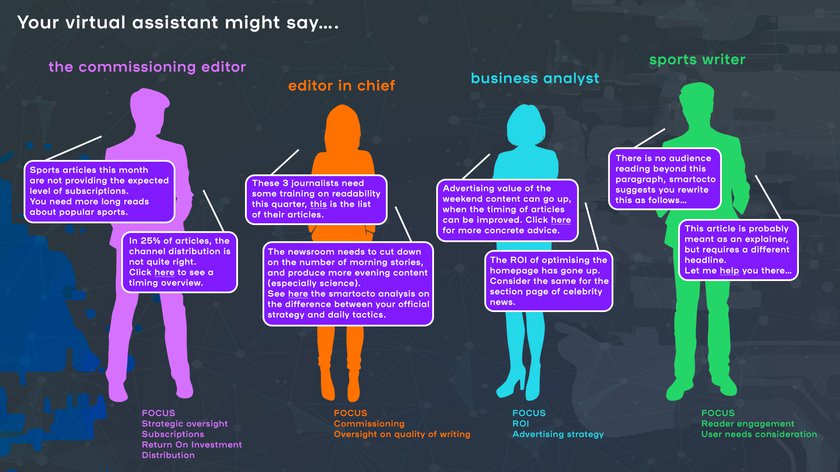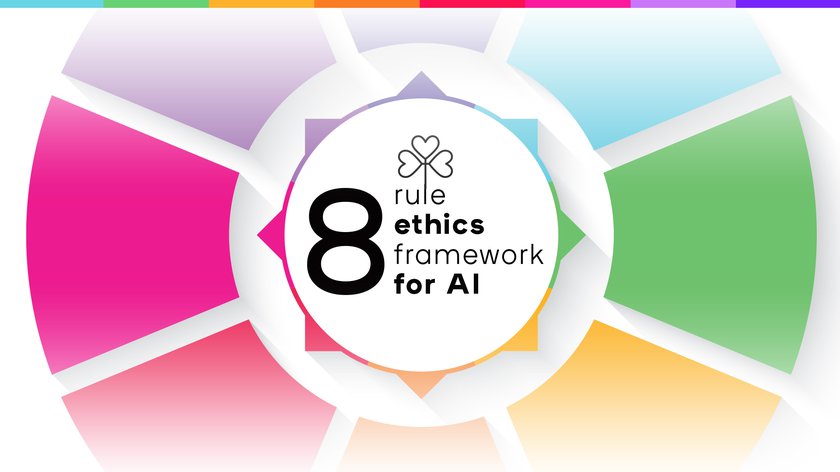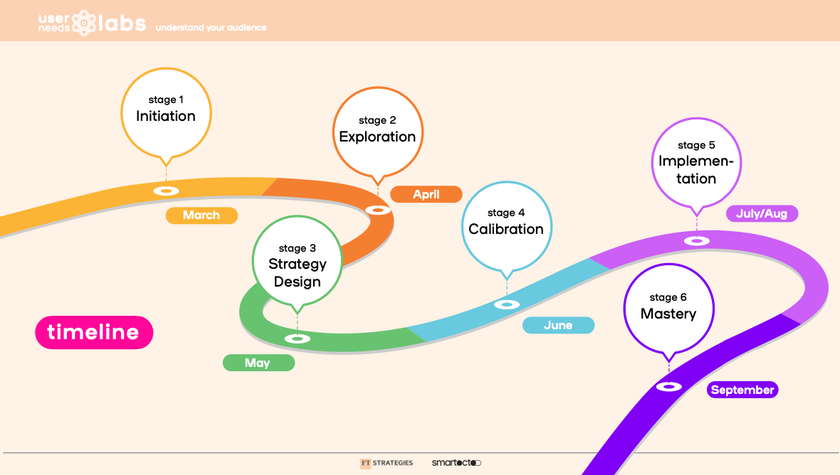Hello there,
At smartocto, we're not alone in exploring the still relatively new possibilities of artificial intelligence, yet it's incredibly exciting that our first clients have now embarked on their journey with smartocto.ai.
What will editorial work look like in the near future if you embrace smartocto.ai? The hypothetical is no longer just theoretical: it’s now up and running, and every client (or prospective client) can utilise the tool in this manner. In this newsletter, we're also sharing our 8 ethical guidelines around AI, in the hope that they will instil confidence or even inspire others to define their own moral compass in this field.
So, imagine this: you’re an editor, chief editor, producer, audience engagement manager, data analyst or indeed have any other role in content creation…
- You receive a Slack-notification that an article is being well-read (high engagement), but relatively few visitors are clicking on it. The system suggests conducting an A/B test. You tell it that your North Star is focused towards getting more reach, after which smartocto.ai displays three alternative headlines that could help achieve this goal. You use these headlines as inspiration for a headline test. You’ll conduct the headline test in the same tool.
- The head of the economics section sees a big drop in the number of pageviews in his domain this month. He asks his colleagues for assistance. Thanks to smartocto.ai, all articles are classified, not just by subject and format, but also by user need. It turns out that in this particular month, 70% of the articles of the economic section are classified as fleeting 'Update me' articles, while he knows that visitors mainly come to that section looking for in-depth interviews with various perspectives. The smart tip he receives will probably say something like “Consider writing more context-driven content in order to engage your audience more in this section” so in order to action this, he’ll instruct the team to schedule interviews with interesting economists to reverse this trend.
- An article has been the most-read piece all day, but smartocto sends a notification: 30% of the readers drop off after the 5th paragraph. You’ll take a look at that paragraph and suspect that it uses too many difficult words. You want to optimise for engagement, so use that as your 'North Star'. Smartocto displays an alternative paragraph, with the same content but which is easier to read. You adopt (some of) the suggestions. Now, read depth and engagement will go up.
- You want to publish a major investigative story that has been in the works for a month. But when is the best time to release it? Smartocto.ai uses historical data to make a prediction. Normally, the editorial team publishes the piece in the morning, but perhaps the data shows that the optimum audience is more likely to want to get it late afternoon. Armed with this knowledge, you’re able to schedule it so that it hits at the right moment.
- Your newsroom goes all in with smartocto’s virtual assistant, which is not only able to give practical tips, but also provides the most relevant strategical advice at every moment of the day, tailored differently for each role of your. This image says it all:



